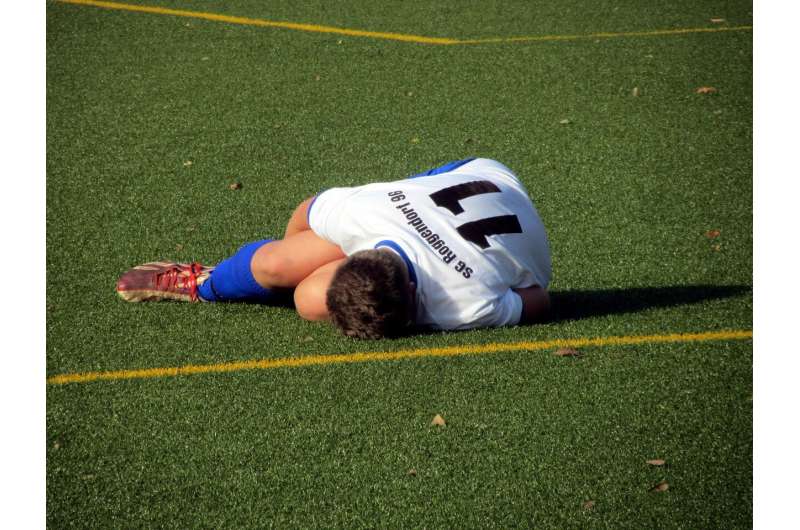Mayo Clinic Q&A: Effectively treating a separated shoulder can get you back to your active life

Dear Mayo Clinic: A few weeks ago, I was snowboarding and dislodged my collarbone. I was told I have anywhere from a grade 3 to grade 5 separation. I've had my arm in a sling for three weeks, as was recommended, but it's still painful. Does this type of injury ever heal on its own, or will I need surgery? I am 20 and don't want to have shoulder pain for the rest of my life.
A: The type of injury you have—commonly referred to as a separated shoulder—can be treated effectively. There's no need for you to suffer from ongoing pain, and you should be able to return to the level of activity you enjoyed before this injury. The key to effective treatment is to have the severity of your shoulder separation accurately identified. Then the appropriate treatment can be planned from there.
A separated shoulder involves injury to the ligaments that hold your collarbone to your shoulder blade. In a mild separated shoulder, the ligaments might just be stretched. In severe injuries, ligaments may be torn. The most common cause of a separated shoulder is a blow to the point of the shoulder or a fall directly on the shoulder. This injury often happens in sports that carry a risk of falls, such as snowboarding, downhill skiing and gymnastics, as well as in contact sports, such as hockey and football.
The severity of a shoulder separation is graded on a scale of 1-6, with 1 being the least severe and 6 being the most severe. Treatment for grades 1-2 includes rest, ice and immobilization with a sling, usually for several weeks. After that, physical therapy can help restore shoulder function. A separated shoulder determined to be grade 4-6 typically requires surgery to repair. Treatment for grade 3 is less clear-cut. Some grade 3 injuries require surgery, while others do not, depending on the patient and the type of activity she or he wants to return to after treatment.
Because successful treatment for a separated shoulder relies heavily on accurately identifying the grade of the injury, now would be a good time for you to seek a second opinion. Find a physician who specializes in sports medicine or an expert in a related field, such as orthopedics, who is familiar with this type of injury. He or she can perform a comprehensive evaluation of your condition and should be able to definitively diagnose the grade of your injury.
If you do not require surgery, physical therapy likely is the next step in your treatment. Physical therapy will improve your shoulder's range of motion and strengthen the muscles around your shoulder. Over time, this can restore shoulder function and ease pain. If surgery is necessary, the procedure typically involves reconnecting or reconstructing the torn ligaments, which repositions or stabilizes the injured bones.
A separated shoulder should not lead to chronic pain or permanently limit your activities. After treatment, it's reasonable for you to expect to return to snowboarding and other active pursuits. But to receive the right treatment for your situation, you need a diagnosis that clearly identifies the grade of your injury. An expert in sports medicine can help make that diagnosis and plan a course of treatment to eliminate the pain and restore your shoulder function.
©2019 Mayo Foundation for Medical Education and Research
Distributed by Tribune Content Agency, LLC.
















